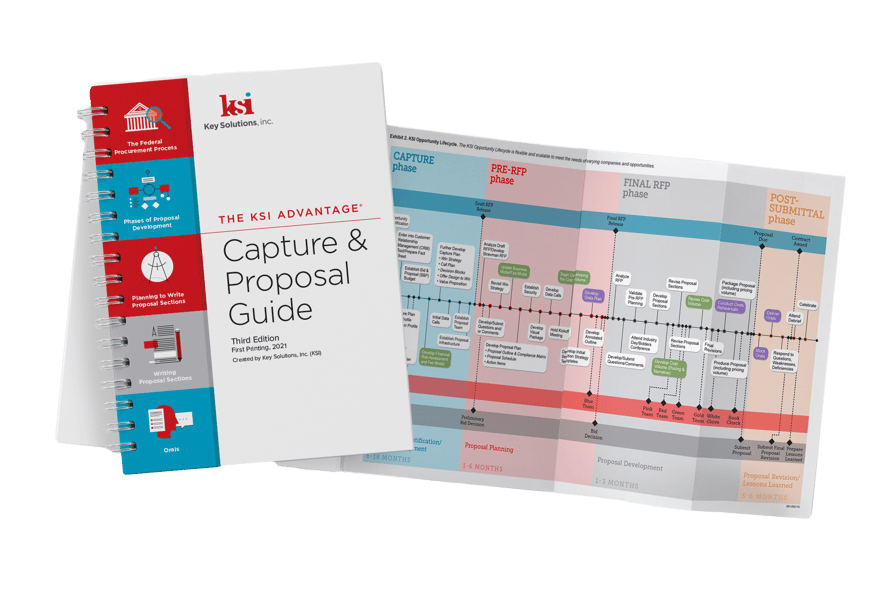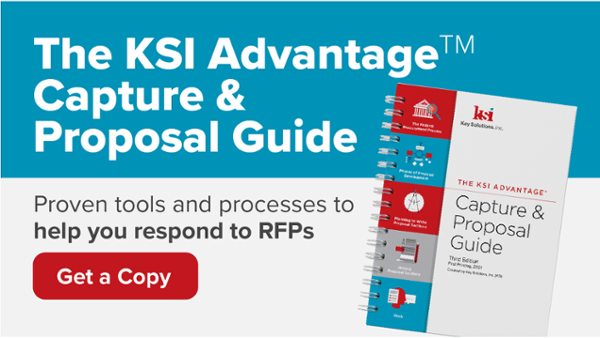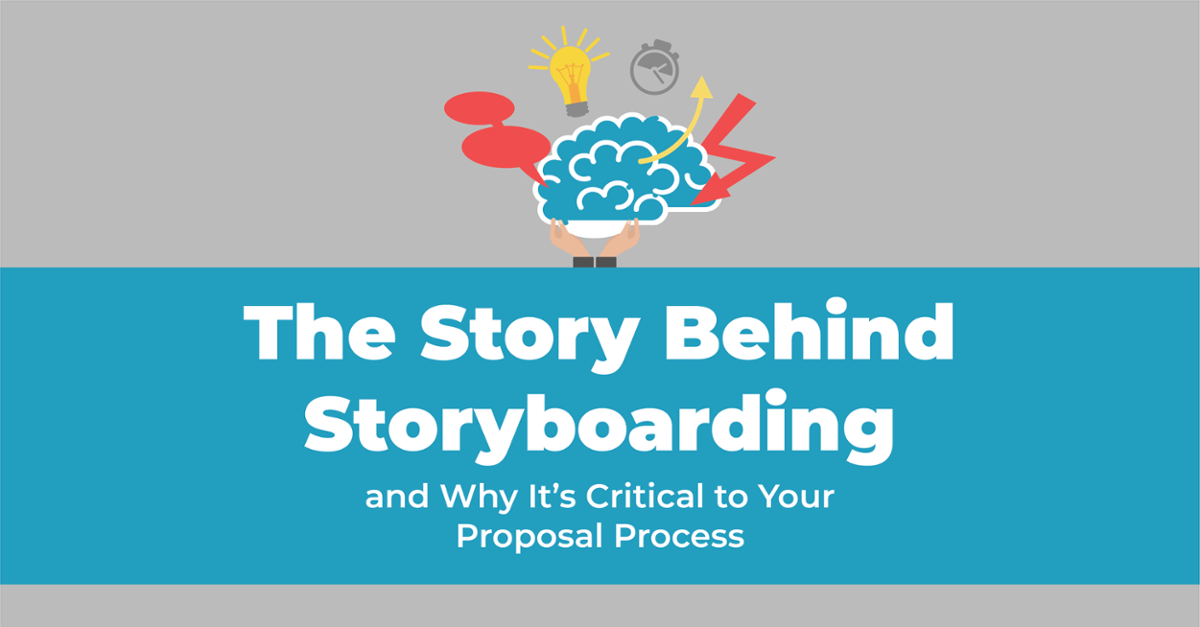
Successful proposals must be two things: compliant and responsive.
Compliance means strictly adhering to the government’s solicitation, including all submittal instructions and RFP requirements, particularly those in Sections C, L, and M. Responsiveness means addressing the government’s underlying needs and finding and solving the problem that’s at the center of their request.
A proposal can be responsive but not compliant. Say a customer wants you to use a hose on their garden so their plants stay healthy, but instead, you use a sprinkler. Sure, the garden may still bloom, but you weren’t compliant with the request. You met the customer’s needs, but not in the way they wanted.
Alternatively, proposals can be compliant but not responsive. The customer needs you to water their garden with the hose. You use the hose, but you overwater, and the plants die. The customer’s underlying need is to have a thriving garden, but it’s not being met, even though you used the hose as they asked.
It can be a tricky balance to strike, particularly with compliance, which is what I’d like to focus on because compliance can be a daunting task, especially for newbie proposal writers. Compliance is 100% dependent on a thorough and exact understanding of the RFP. Reading a government RFP isn’t like reading USA Today or your favorite novel. It can be muddled, cluttered, and full of technical jargon. Requirements can be buried (and not always in Sections C, L, or M), and instructions can be ambiguous or hidden.
Luckily for you, there’s The KSI Advantage™ Capture & Proposal Guide!
 Here are four useful tips and tools from our guide that will help you achieve RFP compliance.
Here are four useful tips and tools from our guide that will help you achieve RFP compliance.
1. Read and Understand the RFP
All writers on a proposal must read the RFP and understand what is being asked of them. They should also read any other solicitation materials from the government, including Amendments and Q&As.
Hunt for and mark in the documents all requirements and instructions, whether related to the technical approach, key personnel, past performance, submittal instructions, or formatting. Make sure to distinguish where exactly you found each requirement, documenting the page number and section name.
For a breakdown of the most relevant RFP sections, what to look for in a requirement, and the importance of conducting a team RFP Discussion, see Section 2.3.2 and scroll to Conduct RFP Read-Throughs in our KSI Guide. *Depending on which edition of the KSI Guide you have, the exact location of the content may differ but will still be found in Section 2.0.
2. Develop and Submit Questions
After thoroughly reading and discussing the RFP, the Proposal Manager will lead the team in creating a list of questions for the government. Your questions should clarify vague, confusing, or inconsistent text requirements. Whenever possible, the questions should be constructed simply enough to be answered with a clear yes or no response. The government doesn’t like spending time answering questions, so try to keep it brief.
Be prepared to deal with the answer you may not want to hear. A question about page limits can lead to you having to trim your 17-page response down to three pages (I’ve seen this happen!), so be careful about asking questions that could damage your team’s approach.
Check Section 2.3.3 and go to Develop/Submit Questions in the guide for more information on what to ask and how best to construct and submit your questions. Each member should start a list of questions using a format similar to the one below in the guide.

3. Develop a Proposal Integration and Compliance Matrix
This document is typically constructed by the Proposal Manager as part of the Proposal Management Plan. A solid Proposal Integration and Compliance Matrix is an essential tool for compliant proposal writing.
A Proposal Integration and Compliance Matrix is made by taking the exact language of the RFP requirements you discovered earlier, as well as the answers to your questions, and putting them all into a table organized to include:
- Where in the RFP each requirement was found,
- Which section of your proposal the requirement will be addressed in,
- Who will be tasked to write the response, and
- How many pages they will have to do so.
This matrix can be further developed to integrate themes, sub-themes, and any other strategic elements. It will form the basis for all your writing going forward. Spend the time to get it right and detailed. Everyone will reference it, especially during color team reviews!
A sample Compliance and Integration Matrix can be found in the KSI Guide, but we've also included a free download for you below!
4. Develop a List of Approved Conventions (also called “the Wall of Truth”)
A major part of compliance is consistency in terminology that matches the language used in the RFP. Simply put: talk how the government talks! Make sure their RFP and your proposal use the same:
- Company names,
- Program names,
- Acronyms, and
- Names of processes being used.
It may seem minor, but it’s not. If the government doesn’t know what you’re talking about, that’s an obvious problem. Language inconsistencies in your proposal are another issue. If one writer is using the word “delivery” in their section and another is using the phrase “shipping and handling,” and both talking about the same thing, which should you use throughout the proposal? Answer: Check the RFP and mirror what the government does.
Ensure your List of Approved Conventions is distributed to everyone on the proposal team and uploaded to your collaboration portal. For more on this, see Section 2.1.9, Establishing the Proposal Infrastructure.
CONCLUSION
And that’s compliance! Congratulations! You now have your requirements picked out, tabled, and ready to be complied with! You asked the necessary questions and incorporated the answers into your approach, and you know which words and phrases to use. It’s almost time to start writing, but before you begin in earnest on your proposal, you must first “Define the Approach” and figure out how you will tackle responsiveness—but that’s another topic for another day!
Always remember: a winning proposal is both compliant and responsive. To be compliant, you must read the RFP and organize and distribute the requirements!
This article was originally published in December 2019 and was updated on May 15, 2024.








